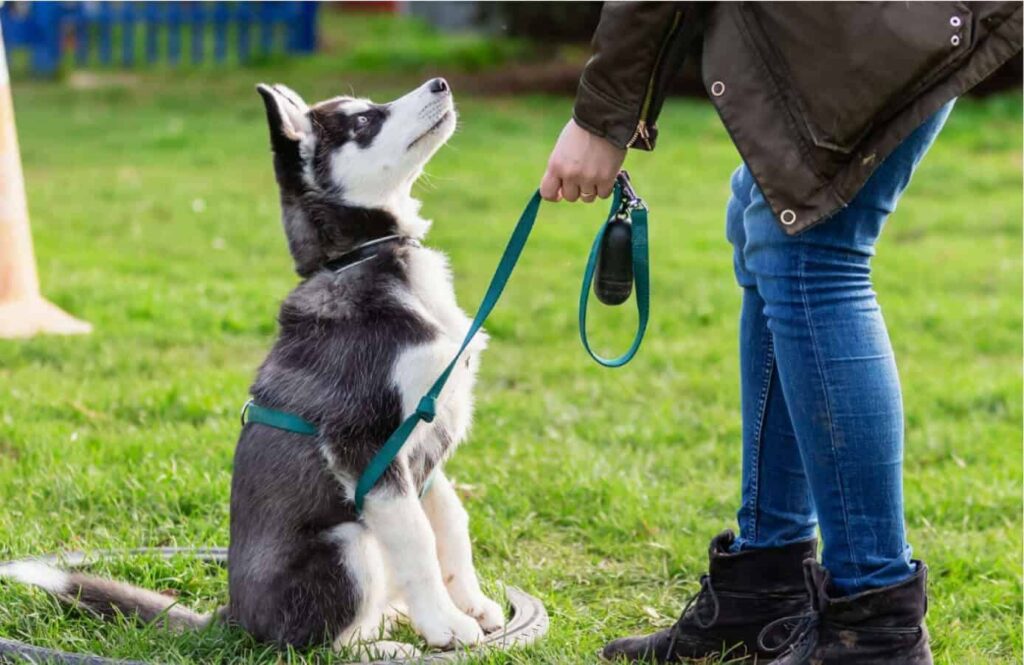In the realm of dog obedience training, the traditional approach often involves commands and cues accompanied by a series of barks and responses. However, there exists a subtler, more nuanced method that has been gaining recognition in recent years the symphony of silence. In this innovative approach, trainers focus on non-verbal communication and the power of silence to foster a deeper connection with their canine companions. The philosophy behind this method lies in the belief that dogs, being highly perceptive animals, respond not only to words but also to the energy and body language of their human counterparts. By maintaining a composed demeanor, the trainer communicates a sense of leadership and confidence to the dog. This non-verbal language serves as a foundation for effective communication, setting the stage for a harmonious partnership. The first movement in this symphony involves observing and understanding the dog’s body language. Dogs communicate primarily through visual cues, and ALSO a skilled trainer can pick up on these signals to gauge the dog’s emotional state.
The absence of verbal commands allows for a heightened focus on the subtleties of canine expression, fostering a more intuitive and empathetic connection between the trainer and the dog. The symphony of silence begins with the trainer cultivating a calm presence. Patience becomes the second movement in the symphony of silence. Rather than inundating the training session with a barrage of commands, the trainer learns to wait for the dog’s responses. The obedience training in austin allows the dog to process information at its own pace, reducing stress and fostering a learning environment. The silence becomes a canvas upon which the dog can express itself without the interference of constant verbal directives. The third movement introduces the concept of timing and reward. Instead of relying solely on treats or vocal praise, the trainer utilizes precise timing to reward desired behaviors. The silence accentuates the significance of the reward, making it a powerful reinforcement tool. Dogs quickly learn to associate specific actions with positive outcomes, promoting a natural understanding of obedience.

The symphony of silence also emphasizes the importance of body language as a form of communication. Trainers use subtle cues such as hand signals and posture to guide the dog, creating a silent dialogue that transcends the need for vocal commands. This non-verbal communication reinforces the bond between trainer and dog, fostering a relationship built on trust and understanding. The final movement of this symphony is the celebration of progress. Instead of relying on verbal praise, the trainer expresses approval through gentle touches, encouraging the dog to associate physical contact with positive reinforcement. This silent celebration reinforces the desired behavior and deepens the emotional connection between the trainer and the dog. The symphony of silence in dog obedience training represents a paradigm shift in the way we communicate with our canine companions. By embracing the power of non-verbal cues, and precise timing, trainers can create a harmonious and enriching learning experience for dogs. This innovative approach goes beyond barks, delving into the subtleties of silence to orchestrate a symphony of understanding, cooperation, and respect in the world of dog training.